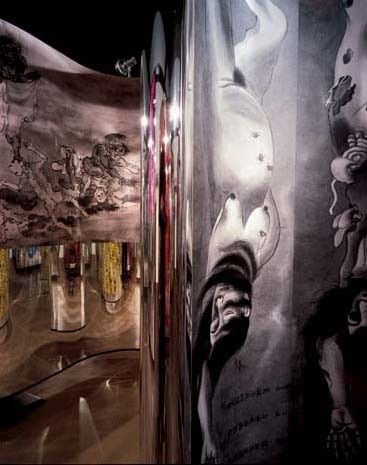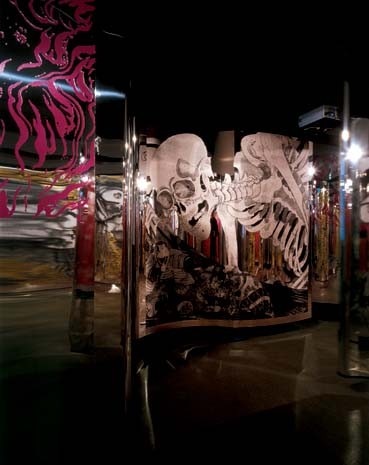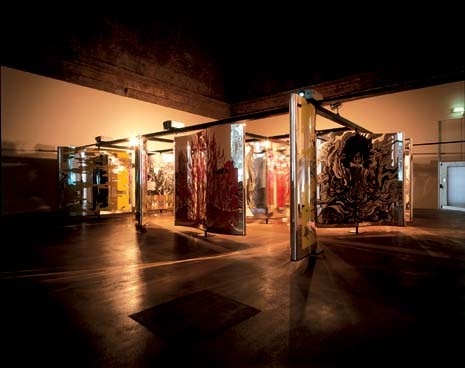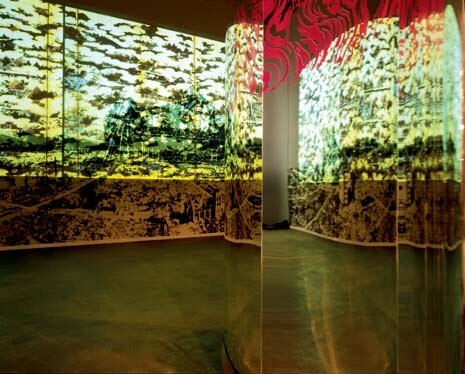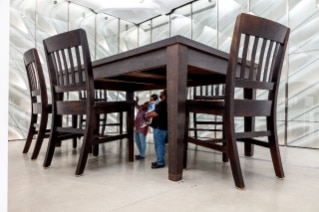To realise that an irremediable gap exists between intellectuals and the real world, nothing was more useful than the period of minor western revolutions in the 1960s. The May ’68 revolt, first in Paris and later in Europe, demonstrated to everyone that revolutionary positions in culture were irreconcilable with those of politics. Le Corbusier liked to talk of “Architecture or Révolution”, and time has proved him right. There have not in fact been any more true revolutions – and the most recent, of the Chinese ‘cultural’ variety, ended by the irony of fate in one of the worst massacres of intellectuals (and others) in history.
In the lesser events of the Italian May revolt, after the initial clashes in Valle Giulia, sarcastically explained by Pier Paolo Pasolini as the attempt to reverse the roles of the adversaries concerned (“proletarian” policemen and “bourgeois” students), other less sparkling episodes followed in succession: an occupation of the Faculty of Architecture in Milan and Paolo Portoghesi roughing it with the homeless, and above all the grotesque affair that inspired the reconstruction of Arata Isozaki’s Electric Labyrinth, curated by Hans Ulrich Obrist and exhibited first at the ZKM (Zentrum für Kunst und Medientechnologie) in Karlsruhe and now at the Castello di Rivoli Museum.
For the 1968 Milan Triennale, a number of free installations had been commissioned – by a committee led by Giancarlo De Carlo, with Zanuso, Steiner and Rosselli – to a handful of intellectuals and leaders of innovative tendencies in architecture and art (Archigram, Aldo Van Eyck, George Nelson, Gyorgy Kepes, Peter and Alison Smithson, and others).
Some of these chose to comment precisely on the underlying uneasiness of the student revolts: Isozaki in particular wanted to create an actual stage machine, in which images of abomination and Evil, represented by a certain gruesome Japanese traditional iconography and by photographs of corpses and survivors (not for long) of the atomic bomb dropped by the Americans on Hiroshima and Nagasaki were mixed with those of the architectural utopias of the time, and a dramatic sound commentary that went into action whenever a spectator approached.
Isozaki’s underlying thesis, aptly expressed in his words “Ruins are The City of the Future”, was that architectural utopias too, particularly the megastructural ones that permeated the 1960s and 70s, were bound to produce yet more urban rubble or tragedy. For this reason the rotating panels displaying images of a horror both fictional (the demons of Japanese iconography) or real (the charred stumps of wretched inhabitants of the two bombed cities), in their turn alternately reflect images of architectural utopias, as if somehow denying that even ideas can convey any possible hope.
In that already complex situation, the historic case of ’68 introduced the uncontrolled variable of a protest demonstration, which came just in time – on the very day of the press conference at the Triennale – to destroy all the installations, including Isozaki’s. Hans Ulrich Obrist is too intelligent a curator not to have foreseen that, in our new times of war, the reconstruction of the Electric Labyrinth also signifies a lasting horror. There are no limits and no end to human ferocity; it ignores the frontiers of space and time and is not particularly perturbed by the problem of the future, all the less by that of cities. Architects, for their part, carry on designing utopias.
